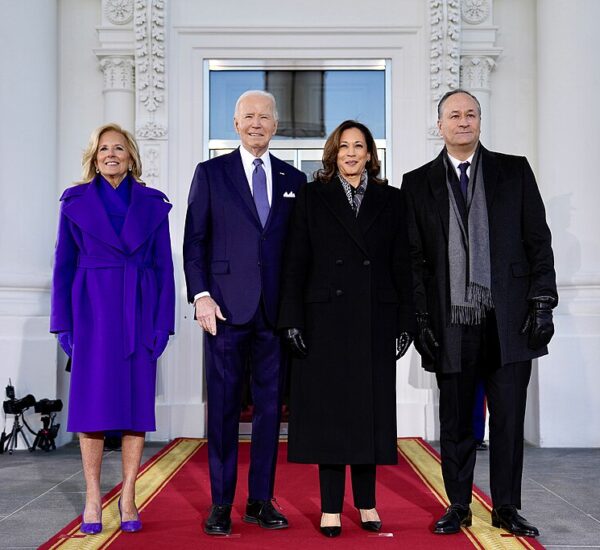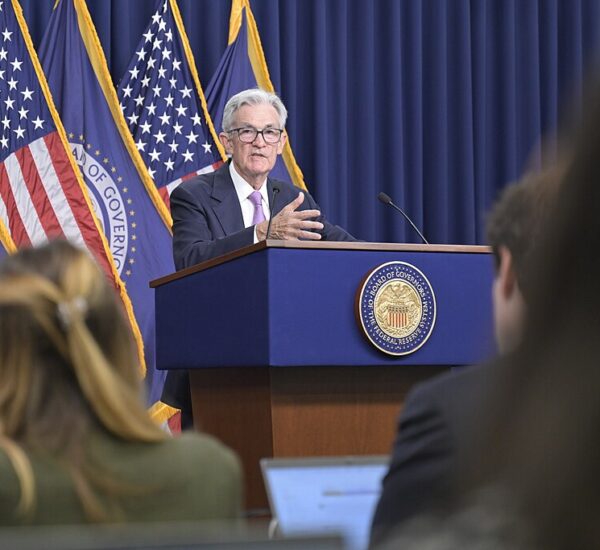Budget Watchdog Warns of Massive Cost as Trump Pushes $2,000 Payouts for Middle America
President Donald Trump’s proposal to send $2,000 tariff rebate checks to hardworking Americans is dominating headlines — and now a budget watchdog says the plan could come with a major long-term cost. Even so, supporters argue the idea is exactly what struggling families need after years of rising prices and failed Biden-era policies.
Trump Wants Checks Out by Mid-2026
Speaking from the Oval Office, Trump said his team is preparing to send the payments as early as mid-2026, depending on congressional approval. Treasury Secretary Scott Bessent confirmed that legislation will be needed, but the administration is pushing to move quickly.
“Thousands of dollars for middle-income Americans,” Trump promised.
“We’re taking in trillions. The factories are back. America is winning again.”
The proposal followed a Truth Social post where Trump pointed to booming manufacturing, rising tariff revenue, and a commitment to pay down the $37 trillion national debt while helping American families at the same time.
The Price Tag Could Be Massive
According to the Committee for a Responsible Federal Budget (CRFB), the checks could cost about $600 billion per year if structured like the COVID-era stimulus payments. That estimate includes payments for adults and children, based on income eligibility.
For comparison:
- Tariffs this year: ~ $100 billion
- Projected annual tariff revenue: ~ $300 billion (depending on Supreme Court rulings)
- Guaranteed revenue not facing legal challenges: < $100 billion per year
In other words, the payments would far exceed current tariff income.
Will Americans Get the Checks Every Year?
Trump has said each person would receive “at least $2,000”, but he hasn’t specified how often the payments would go out.
CRFB says:
- Annual $2,000 payments → add $6 trillion to the deficit over 10 years
- Revenue-neutral approach → checks likely every two years, starting 2027
- If courts strike down certain tariffs → payments could be delayed 7+ years
Debt Could Rise — But Americans Would See Relief
The watchdog warns that redirecting tariff revenue to payments means the money won’t go toward reducing the debt. Their projections show national debt climbing to:
- 127% of GDP by 2035 if payments are occasional
- 134% of GDP if payments are annual
Still, many conservatives say the plan reflects Trump’s America-First priorities. Instead of sending billions to foreign governments or wasteful federal programs, Trump wants to put money back into the pockets of the people who built this country.
Why Conservatives Like the Plan
For many middle-aged and older Americans — especially those hit hardest by inflation — the rebate could offer:
- A badly needed financial cushion
- Extra income for fixed-income households
- Relief from increasing grocery, energy, and healthcare costs
- A boost for American-made products and manufacturing
Trump’s supporters say Washington critics are missing the bigger picture: many families are underwater after years of Biden-era inflation, and Trump is attempting to give them direct, tangible relief.






